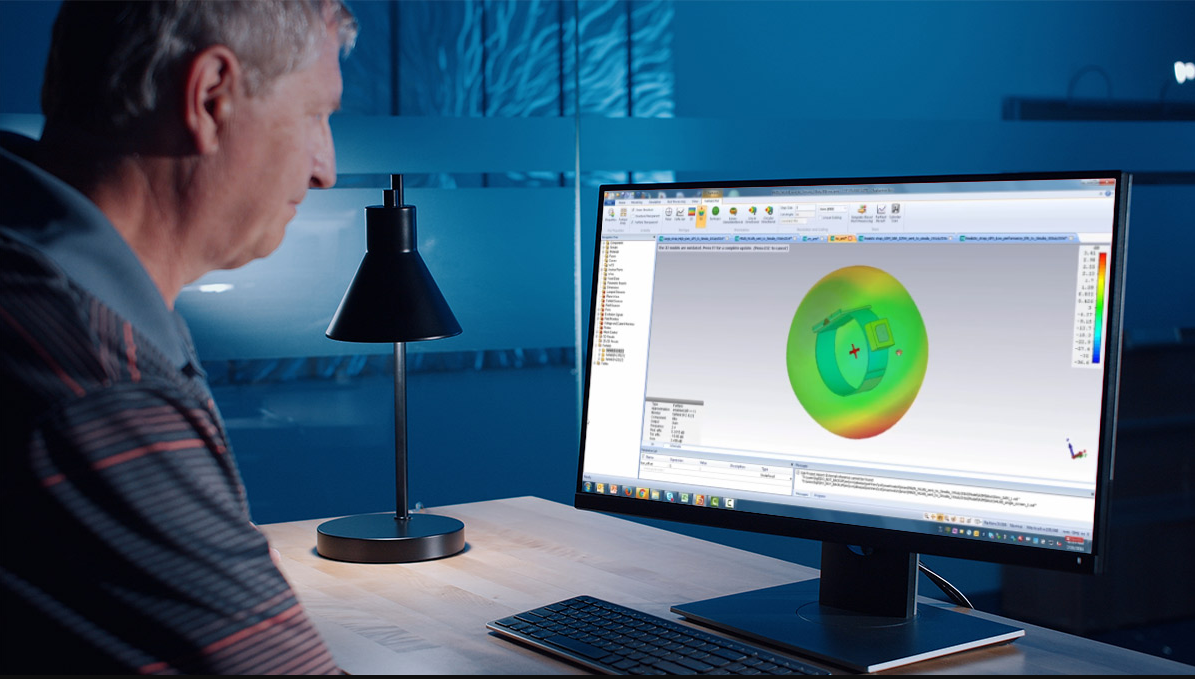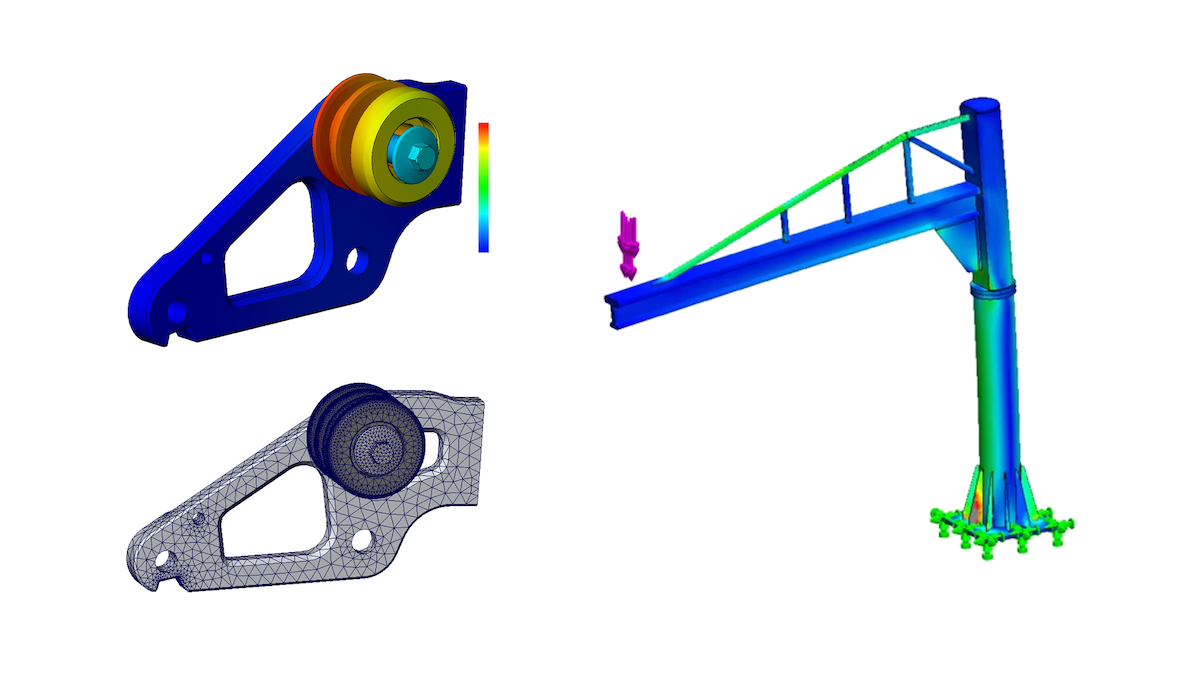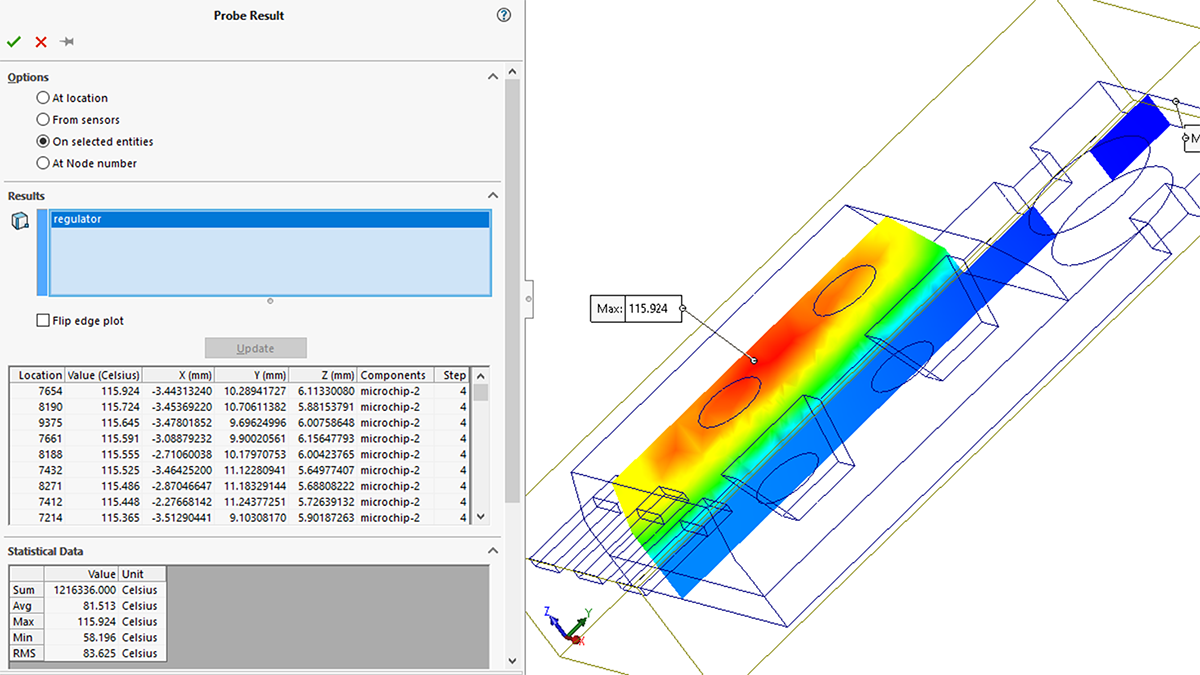From wearables to toasters, just about everything has some level of connectivity. Most small consumer electronic devices, such as cellphones, smartwatches, and smart home devices, have complex connectivity but little room to include antennas and advanced electronics.
Various antennas cover cellular, WiFi, GPS, and NFC. They are also battery-powered, meaning the performance of the electronics can impact the user experience. If elements are not tuned properly and run inefficiently, then the user will experience shortened battery life and potentially secondary issues like overheating.
Higher frequency transmission, as seen in 5G and various IoT, means higher accuracy is needed in the antenna design as well as considerations for heat dissipation and emissions.
This rapid growth in affordable, yet complex, devices create new challenges that simulation can help solve.
Rather than waste resources on iterative design with many prototypes and potential failures at the final stages, you can use SIMULIA CST to help optimize and verify the design before any parts are made. You can accomplish this by using a variety of solvers and tools built directly into SIMULIA CST.
SIMULIA CST Studio Suite can be a one-stop software for characterizing, analyzing, testing, and optimizing devices that use any type of electromagnetics.
4 Categories of PCB Electromagnetic Elements That Require Simulation
Many, if not most, of the electromagnetic elements that require simulation now start on printed circuit boards (PCB). Phased array antennas, GPS, NFC, WiFi, and the like can all be designed on a board.
These designs are generally done in dedicated PCB design software like Altium or Cadence, which are powerful tools, but they do not have the ability to simulate full system complexities like SIMULIA CST.
SIMULIA CST has robust tools for importing, analyzing, simulating, and exporting complex PCB information. Using the electronic design automation (EDA) tools, you can bring in fully defined stack-ups into various solver environments.
Let’s break down the important emag considerations into four categories and how SIMULIA CST can make your life easier:
- PCB validation and optimization
- Antenna design and placement
- Thermal analysis
- Electromagnetic compatibility (EMC), electromagnetic interference (EMI), and specific absorbed radiation (SAR) compliance
1. PCB Validation and Optimization
Using the PCB Studio in SIMULIA CST, you can review the stack-up, make modifications, perform analysis, and even simply export files into the 3D Microwave Studio (MSW).
Once the import is complete, you can do various simulations. With a few setup steps, you can also generate a variety of eye diagrams to look at the signal integrity of multiple signal paths.
You can also look at power integrity, IR (voltage drop), and design rule checks (DRC).
You can also perform analyses in the 3D MWS and use the export function for the whole board, or just a specific section.
From here, you can perform analysis on the individual traces or even incorporate the full system.
This analysis can be an important step since it shows how the material properties of the case, housing, or other elements can impact the product’s performance!
2. Antenna Design and Placement
The next step we can look at is the antenna design process. SIMULIA CST has multiple solvers and work environments for antenna design and simulation.
Whether designing the antenna from scratch or refining an antenna, importing from the vast library found in Antenna Magus, or importing from another model, SIMULIA CST can be a good antenna design software to simulate any parameter you want.
3. Thermal Analysis
With more power behind antenna designs and higher density due to the smaller size of the device, now it’s time to think about thermal effects and analyses.
SIMULIA CST is also a good thermal simulation analysis software. It has multiple thermal solvers built in that can work as a standalone simulation or as an electromagnetically coupled simulation. This means that the thermal effects of the component can be factored into the electrical performance and vice versa. These options are available for multiple solvers and environments.
The control of emissions is important for a similar reason as thermal effects are. Consumer devices must meet certain requirements for different levels of emissions based on the device, and this can be specific absorbed radiation (SAR) and sometimes temperature limits.
4. EMC, EMI, and SAR Compliance
Similar to SAR, electromagnetic compatibility (EMC) and electromagnetic interference (EMI) are important factors in the performance of your product design. EMC/EMI can be thought of as any signal that exists outside of your design intent.
For example, think about a microstrip trace radiating a signal that is picked up by another unshielded trace. This unexpected signal interference can be detrimental to your system design.
Simulation can test EMC and EMI, show where your weak points exist, and allow you to add elements like shielding or increasing spacing to limit these effects.
SIMULIA CST’s EMC/EMI solver can help quantify and test how much EMC/EMI is in your design.
The Bottom Line
SIMULIA CST Studio Suite offers a truly unique one-stop solution for all your electromagnetic design needs from big to small.
Check out our recorded webinar for a deeper dive into simulation and how you can enhance your design lifecycle for consumer electronics.
If you want to learn more about SIMULIA CST Studio Suite, contact us at Hawk Ridge Systems.




